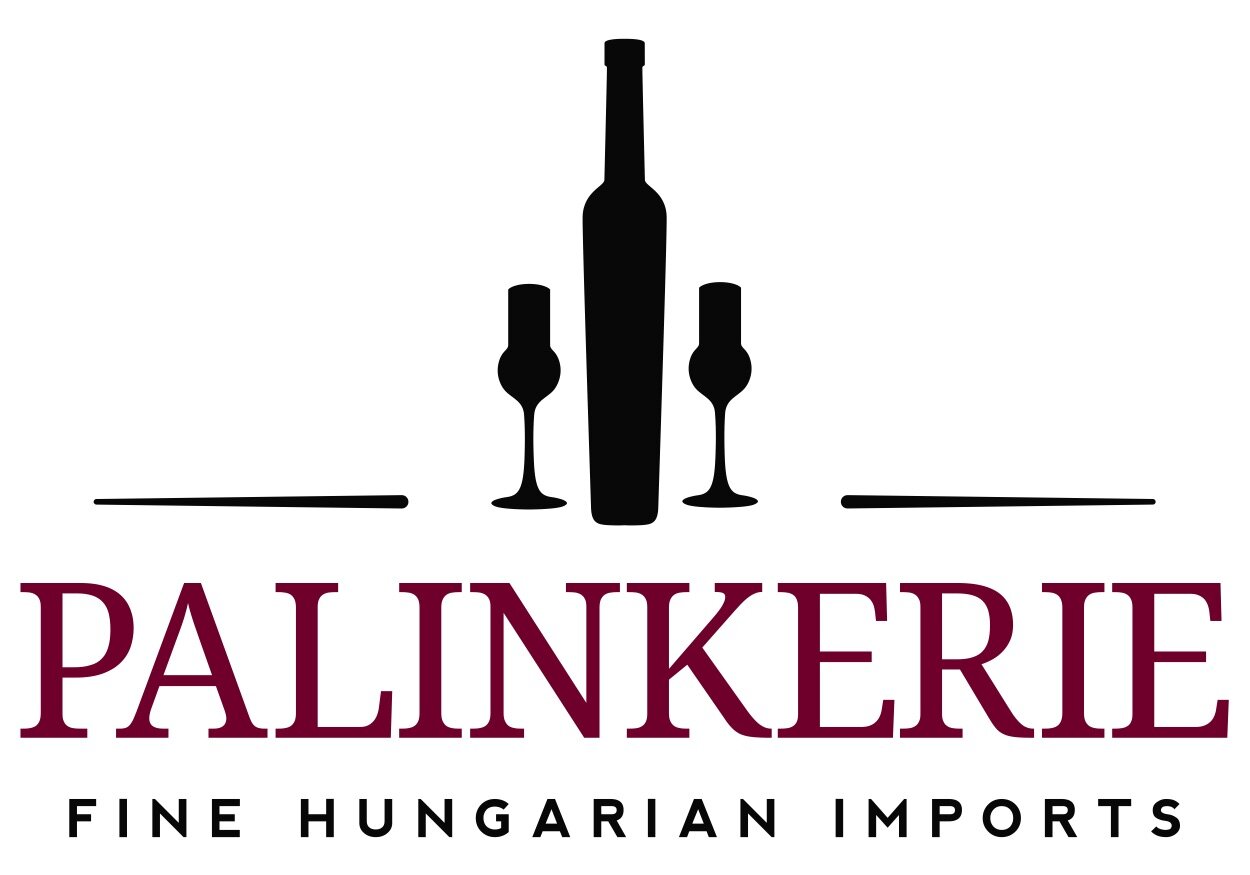2019: A Year in Review
2019 has been a good year for Hungarian wine. In 2013, I wrote in my business plan that a Hungarian-focused wine import company was economically feasible because of the market’s “evident increased interest in wines from CEE.” (One of my previous jobs was working as an editor for the ILO’s Regional Office in Budapest, so I automatically abbreviated “Central and Eastern Europe” like that - CEE.) Yet it was not until this year, 2019, that I genuinely felt that interest on a large scale. Consumers ask wine shops for Hungarian wine, and they tell me about it; people seem excited and curious to try Hungarian wine when I do an in-store tasting or event; and it seems like everyone and their great aunt Helen has been to Budapest, often thanks to the Viking River Cruise line.
Part of this increased interest in Hungarian wine is due to the growing desire consumers have for different types of wines. Anti-establishment wines. Orange wines, chilled reds, pet-nats, rosés, natural wines. It makes consumers more open-minded in general, which is fantastic if you are an all-Hungarian wine importer. People are generally a bit iffy in terms of geography, though, and I’ve noticed that some consumer interest in Hungarian wine has slipped in under the misconception that Hungary is in the far east of Europe, possibly bordering Georgia and/or other exotic-sounding locales. Shoppers ask me all the time if this is “like Georgian wine,” and I definitely had a wine shop manager ask me to pour my wines for a “Georgian tasting” at his store this spring. This line of thinking leads consumers and buyers to expect our wines to be more anti-establishment in taste, flavor and appearance than they are. This year I had my wines described on several occasions as “clean” and “correct.” Like this is noteworthy, because they were expecting something rustic and wild. But of course, Hungary is smack dab in the middle of Europe. It was unified with Austria until World War I. It’s a first world country with all of the winemaking traditions of their western neighbors. And the Hungarian winemakers are trying to make correct, proper wines. They want to appeal to a broader audience at home in Hungary.
However, there’s part of the anti-establishment wine movement that’s about supporting small businesses and their limited runs of small-batch wines. It’s about organic farming and respecting the land. It brings us into contact with tiny wineries who make their products by hand, and wines from lesser-known grapes we can’t pronounce. This aspect of the movement is geographically-blind, I think, but it has really benefited us as we sell Hungarian wine. The wines in our portfolio are all made by small, family-owned and operated wineries in Hungary. Everything is organically farmed and made with low amounts of intervention. People are interested in these specialty wines, made with care, even when they say something like Cserszegi Füszeres or Hárslevelü on the label.
I believe that this will continue to be a growing segment of the anti-establishment wine movement, and that this is where we will continue to see a growing demand for Hungarian wine. Consumers care more and more about what they put in their bodies, and the effects their choices have on the environment. They want to support real people. And Hungary is an ideal place to satisfy these demands. In Hungary, the land redistribution laws set in place after 1990 divided many former large wineries into numerous small estates with different owners. This translates to countless tiny Hungarian wineries today, with new ones popping up constantly. It’s the ideal landscape for a wine market that wants something new and authentic, like small production wines made by tiny wineries that are still experimenting and finding their identity.
This year, we added several new wineries and even more new labels. We took some risks on some new styles of wine, like international varieties (Sauvignon Blanc), Pet-Nats, a Methode Traditionelle sparkling wine, and a Tokaji Aszú 6 Puttonyos from 2000. We doubled-down on our commitment to organic farming and sustainable winemaking. We sold quite a bit of wine in Massachusetts, too!
For me, the Best of Wine in 2019 consists of this increased open-mindedness towards different types of wines, and the growing insistence on organic, sustainable farming. The appearance of more small-production wines and family-run wineries is exciting. And the willingness of retailers and consumers to spend a little bit more for real wine is a game changer, too.
The worst of Wine in 2019 had to do with the general confusion over natural wine (what that even means, what buyers should demand, and what consumers should expect), and the continued inefficacy of wine labeling (how can we really promote organic, sustainable wine when conventional producers are not required to disclose any of their additives, colorings, or even the correct alcohol amount on their labels?). I’m also just ready for everyone to chill out with the ivory tower-esque wine dogmatism, for whatever it is they’re promoting in the world of wine. Talk to any winemaker and they will tell you that farming doesn’t work like that.
What do we think 2020 holds? Where will Hungarian wine fit into the future wine world landscape?

